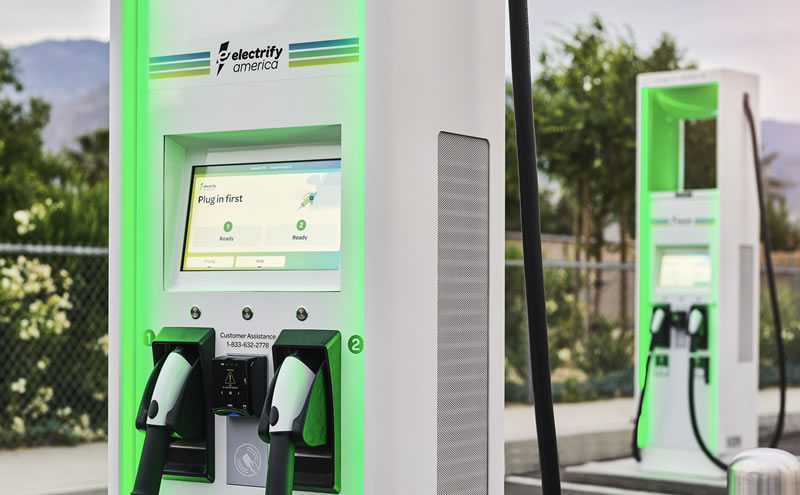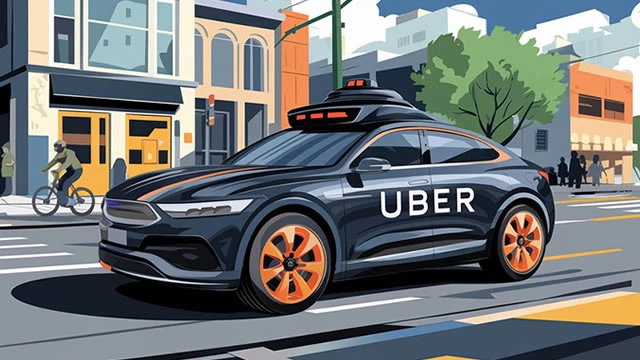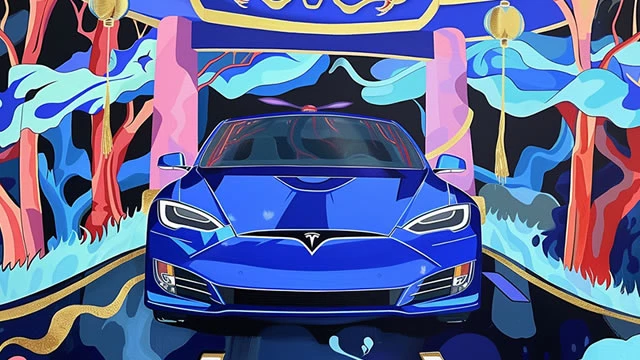As we transition into a new year, the auto industry, particularly the electric vehicle (EV) sector, stands at a pivotal juncture. The initial hype has given way to a more grounded perspective. While the broader U.S. car market is poised for a modest growth, the story within the EV sector is notably different and more dynamic.
The EV market, which comprised about 8% of total car sales last year, is expected to climb to around 10%. This increase, though modest, is significant. It reflects a market that's stabilizing and maturing, as consumers gradually warm up to the idea of electric mobility. However, this growth trajectory doesn't come without its challenges.
One major obstacle in the path of EV expansion is the inconsistent charging infrastructure across the U.S. Unlike some European countries where EV charging stations are more uniformly distributed, the U.S. presents a patchwork of availability, creating a barrier to widespread adoption. Alongside infrastructure, pricing remains a critical factor. Although there's been a noticeable decrease in EV prices (with an average drop of $10,000 from last year),EVs still command a premium that can deter potential buyers. The industry is moving towards more affordable models, but the pace needs to quicken to capture the mainstream market.
The journey towards electric mobility isn't just about better infrastructure and pricing; it's equally about shifting consumer perceptions. Concerns about charging availability and model diversity persist. Overcoming these challenges requires a concerted effort in consumer education and effective marketing strategies. The industry needs to address these concerns directly, reassuring potential buyers about the feasibility and benefits of switching to EVs.
Recent moves by Ford and General Motors reflect the industry's evolving landscape. Ford's scaling back of its F-150 Lightning production and GM's job cuts and production delays highlight a recalibration of expectations and strategies. These adjustments are a response to real-world challenges and market feedback, signaling a shift from ambitious projections to pragmatic planning.
In summary, the future of EVs, with major players like Tesla (NASDAQ: TSLA), Ford (NYSE: F), and GM (NYSE: GM) at the helm, is marked by cautious optimism. The growth of the EV market is inevitable but will require a balanced approach that addresses infrastructure, pricing, and consumer perceptions. As the industry giants navigate these challenges, their decisions and innovations will shape not just their fortunes but the future of sustainable transportation. For the consumer, this evolving market promises more choices and potentially more accessible electric vehicle options in the near future.

















Rate this article